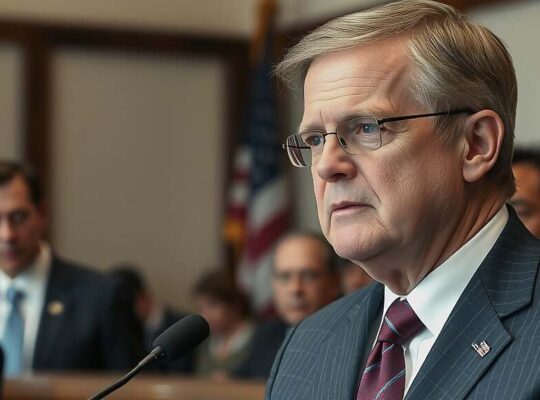The German government launched a sweeping public relations campaign on Monday, dubbed “Das kann Deutschland” (This is What Germany Can Do), triggering immediate scrutiny over its scope and potential cost. Officially framed as fulfilling the government’s legal obligation to inform the public, the campaign, according to Deputy Government Spokesman Steffen Meyer, will utilize a wide range of media, including billboards, print advertisements and digital content.
While Meyer assured that funding will be drawn from existing budgetary resources and that an accounting will be made “transparent” upon completion, the planned utilization of platforms like TikTok and X/Twitter (formerly Twitter) has drawn criticism from opposition parties and media watchdogs. Concerns have been raised over the appropriateness of employing these platforms, frequently utilized by younger demographics and known for their susceptibility to misinformation, to disseminate potentially politically motivated messaging.
The initiative aims to make government decisions “visible” through a series of evolving motifs projected over an extended period. Beyond a simple informational role, the government asserts the campaign’s goal is to “strengthen cohesion within Germany, establish successes and engender confidence during a period of transition”. This ambition has been met with skepticism, with critics arguing that the broad, aspirational goals risk blurring the line between public information and political propaganda.
The timing of the campaign, launched amidst ongoing debates over economic reforms and social anxieties related to the war in Ukraine and rising energy prices, has further intensified scrutiny. The expenditure, even when deemed “transparent” risks being perceived as a strategic response to declining public trust and a potential attempt to artificially manufacture a sense of national unity. The efficacy of such a high-profile, centrally directed messaging campaign in truly bolstering public confidence, or serving merely as a costly exercise in political image management, remains to be seen.












